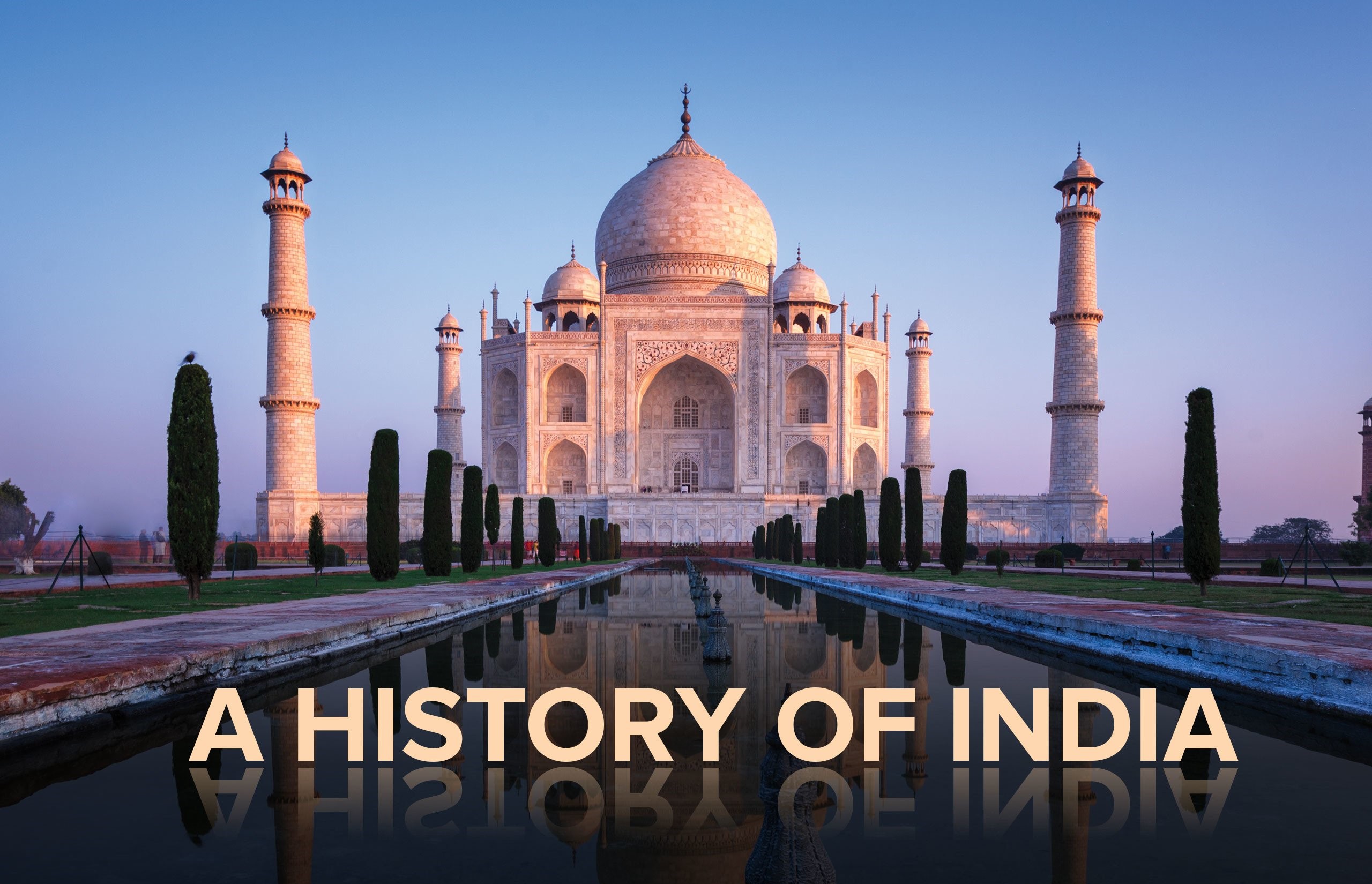Administration, Society & Architecture
Administration, Society & Architecture
Administration
» Nayankar System was the special feature of provincial administration.
» Ayngar System was the special feature of village administration. A body of 12 functionaries, known as ayangars, conducted village affairs.
» They were granted tax free lands ’Martyams "which they were to enjoy in perpetuity.
» The Vijayanagar rulers issued gold coins called Varahas or Pagodas. The Perta was half a Varaha. The Fanam was one tenth of Perta. All were of gold mixed with alloy. The Tar was a silver coin. The Jital was a copper coin.
Society
» It was the only empire in Medieval India which employed women in the state services. Women even went to battles. Also, it was only state that promoted widow remarriage. Status of women improved during this time.
» Viprulu: Brahmins, Rajulu: Kshatriya, Nalavajativaru: Shudras Vipravinodins : Artisans, Kaikollas : Weavers, Sahagaman : Sati, Besabaga :. Forced labour.
Architecture
» The Vijayanagar rulers produced a new style of architecture called as Provida style. The large number and prominence of pillars and piers are some of the distinct features. Horse was the most common animal on the pillars.
» Another important features were the Mandapa or open pavilion with a raised platform, meant for seating deities and Amman Shrine.
» Important temples were Vithalswami and Hazara Rama Temple at Hampi, Tadapatri and Parvati temples at Chidambaram and Varadraja and Ekambarnath temples at Kanchipuram.
» The Vijayanagar rulers started the practice of inscribing the stories of the Ramayana and the Mahabharata on the walls of the various temples. Vithalswami and Hazara Rama Temple are examples of this type of wall inscription.
